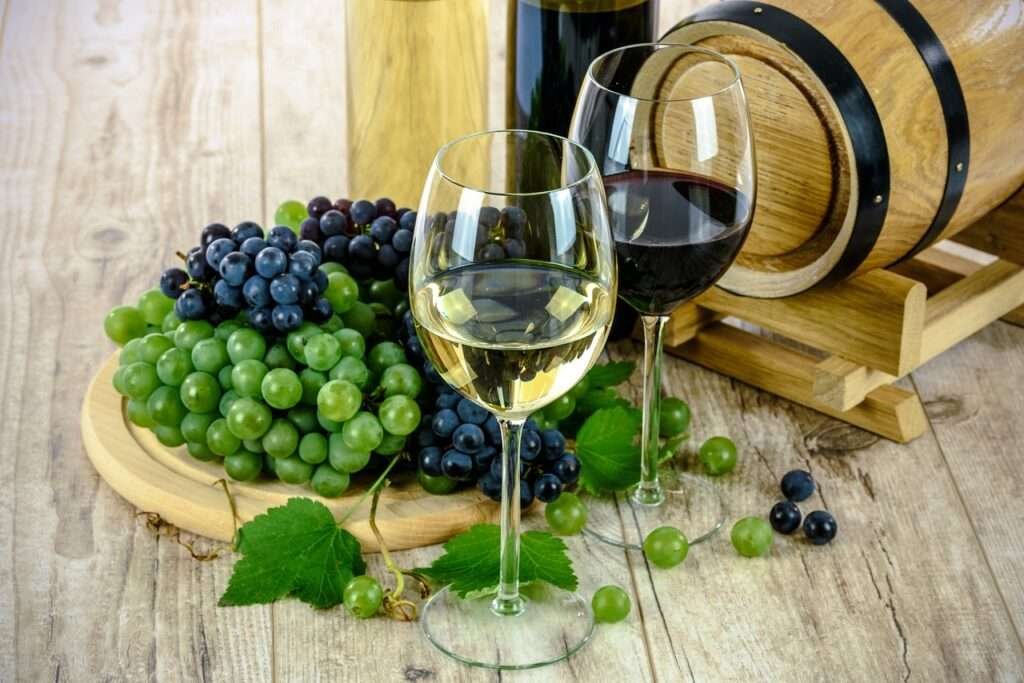Culinary Delights: Cooking with Wine
Wine is not just for drinking; it serves as a versatile ingredient in the kitchen, capable of transforming a variety of dishes. When used in cooking, wine can enhance flavors, add depth, and create a richer texture. Its application spans from marinades and sauces to stews and even desserts, making it a staple in many culinary traditions.
In marinades, wine acts as a tenderizer and flavor enhancer. The acidity in wine helps to break down proteins, making meats like beef, pork, and chicken more succulent. For example, a red wine marinade can infuse a steak with robust flavors, while a white wine marinade might bring a delicate, zesty note to chicken or seafood.
Sauces are another domain where wine shines. A classic red wine reduction can serve as a sophisticated sauce for meats, while white wine sauces pair beautifully with poultry and fish. The process of reducing wine intensifies its flavors and creates a luxurious, velvety texture that complements a variety of dishes. Popular recipes such as coq au vin and beef bourguignon showcase the profound impact of wine in creating rich, complex flavors.
Stews and braises benefit immensely from the addition of wine. The long, slow cooking process allows the wine to meld with other ingredients, resulting in a harmonious blend of flavors. Red wines, with their bold and robust characteristics, are often used for hearty beef or lamb stews, whereas lighter white wines are ideal for chicken or vegetable stews.
When selecting wine for cooking, it’s essential to consider the dish’s flavor profile. Generally, dry wines are preferred over sweet ones, as they impart a balanced taste without overwhelming sweetness. For instance, a dry white wine like Sauvignon Blanc is excellent for seafood dishes, while a full-bodied red like Cabernet Sauvignon complements red meat dishes.
Wine is not limited to savory dishes; it also plays a role in desserts. Poached pears in red wine, for example, is a classic dessert where the fruit absorbs the wine’s flavors, creating an elegant and aromatic finish to a meal.
By understanding the unique characteristics of different wines and how they interact with various ingredients, cooks can master the art of incorporating wine into their culinary repertoire, elevating their dishes to new heights.
Wine, celebrated for its depth of flavor and cultural significance, extends its utility beyond the culinary sphere into various non-culinary domains. One notable area is beauty and skincare. Thanks to its rich antioxidant properties, wine can be a beneficial ingredient in homemade beauty treatments. Wine facials, for instance, leverage the polyphenols in wine to combat aging and improve skin texture. Similarly, wine hair masks can help to nourish and revitalize hair, providing shine and strength due to the presence of resveratrol and other beneficial compounds.
In addition to its beauty benefits, wine can serve as a natural cleaner in household settings. The acidity of wine, particularly white wine, makes it effective in removing stains and disinfecting surfaces. For example, white wine can neutralize and lift red wine stains from fabrics and carpets. Moreover, wine can be used to clean glass and metal surfaces, leaving them spotless and gleaming. This eco-friendly cleaning alternative not only reduces the need for harsh chemicals but also utilizes a resource that might otherwise go to waste.
Culturally and traditionally, wine holds a significant place beyond mere consumption. In various religious ceremonies, such as Christian Eucharist and Jewish Kiddush, wine symbolizes sacred elements and plays a crucial role in the rituals. Historically, wine has also been used as a health remedy, believed to aid digestion and improve cardiovascular health when consumed in moderation. Additionally, wine can function as a natural dye, offering a unique and sustainable option for coloring fabrics. The pigments in wine provide rich, varying hues that can be used in textile projects, adding an artistic and eco-conscious touch.
These diverse applications of wine underscore its versatility, demonstrating that its value extends far beyond the glass. Whether enhancing beauty routines, contributing to sustainable cleaning practices, or enriching cultural traditions, wine continues to prove its multifaceted nature in numerous non-culinary contexts.
